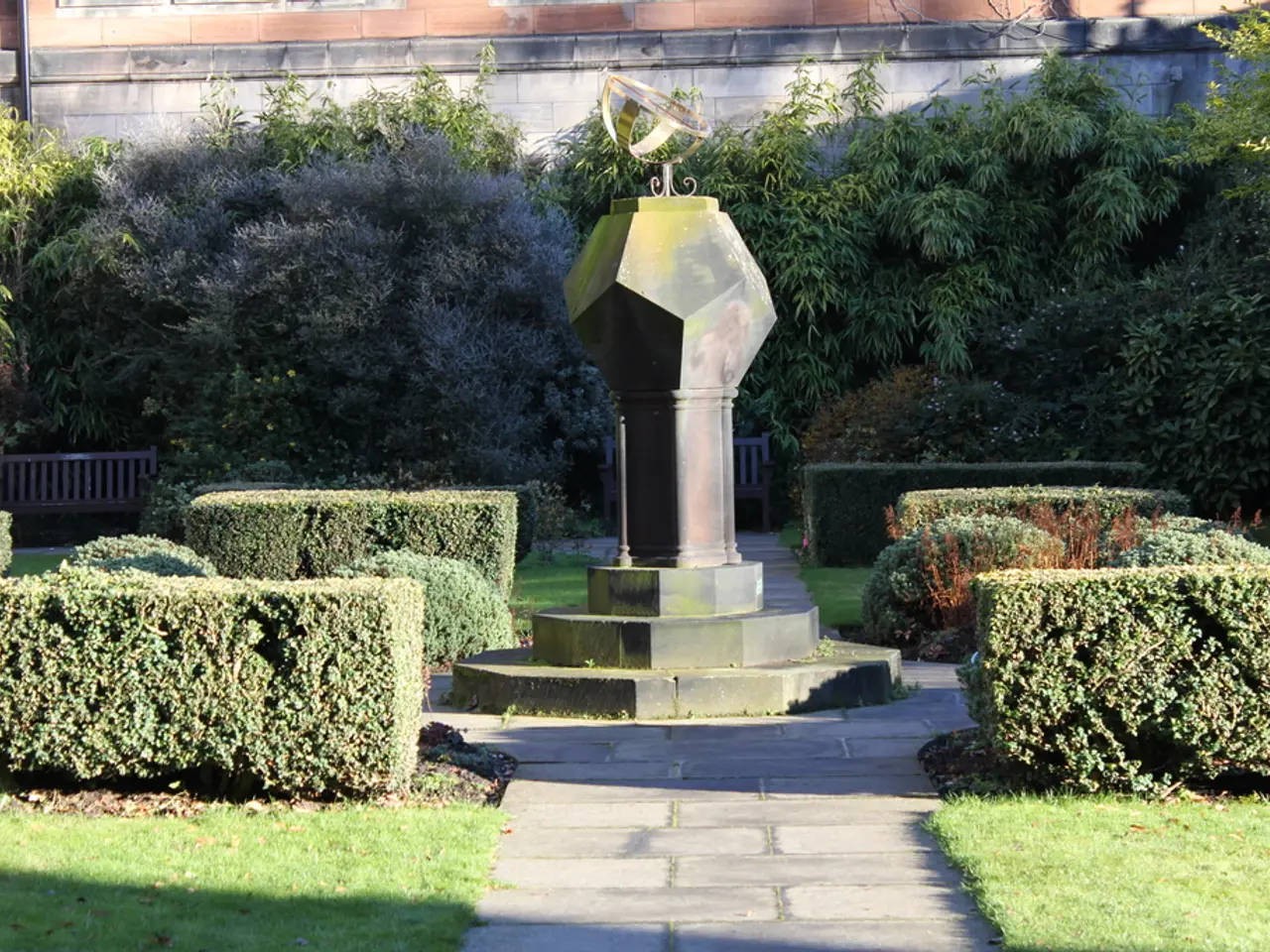History's Journey: Unraveling the Evolution of National Parks in the United States
The story of national parks in American history is a testament to the country's commitment to preserving its natural beauty and heritage for future generations. The concept of national parks originated from conservation efforts in the 19th century, with key figures like Frederick Law Olmsted, John Muir, and Theodore Roosevelt playing significant roles.
Olmsted, an early environmentalist and landscape architect, advocated for public access to natural wonders such as Niagara Falls. His designs for parks with public enjoyment and conservation in mind influenced the establishment of protected areas and set a precedent for federal preservation programs. The creation of Yellowstone National Park in 1872, signed into law by President Ulysses S. Grant, marked the beginning of the national park idea. This landmark event later led to the formal establishment of the National Park Service in 1916, a federal agency dedicated to managing and preserving national parks.
Yellowstone National Park, located in Wyoming, Montana, and Idaho, was established to protect its unique geothermal features, wildlife, and natural beauty. The park, the first of its kind in the world, served as a model for the creation of more national parks across the country. President Roosevelt also played a significant role in the conservation movement, resulting in the creation of several national parks during his presidency.
John Muir, a naturalist and conservationist, was another crucial figure in advocating for the protection of the environment and the establishment of national parks. His efforts contributed to the growth of the national park system, which now includes over 400 sites, including national parks, monuments, historic sites, and more.
Through conservation efforts and sustainable management practices, National Parks ensure that these valuable resources are protected for years to come. However, they face numerous challenges and controversies, including threats to park lands, debates over land use and conservation practices, and the impact of climate change. Drought, wildfires, and invasive species are just a few of the issues that the National Park Service must address in order to preserve the natural and cultural heritage of the United States.
Despite these challenges, each new addition to the national park system represents a commitment to preserving the natural beauty and cultural heritage of the United States for future generations. National Parks offer educational and environmental benefits, serving as living classrooms where visitors can learn about conservation efforts, wildlife preservation, and sustainable practices. They also play a crucial role in promoting tourism and outdoor recreation, stimulating local economies and supporting businesses in nearby communities.
In conclusion, the story of national parks in American history is far from over. It is up to us to ensure that it continues to be a story of conservation, stewardship, and appreciation for the natural world. The legacy of these remarkable places will endure as long as we continue to protect and cherish them for future generations.
Read also:
- Nightly sweat episodes linked to GERD: Crucial insights explained
- Antitussives: List of Examples, Functions, Adverse Reactions, and Additional Details
- Asthma Diagnosis: Exploring FeNO Tests and Related Treatments
- Unfortunate Financial Disarray for a Family from California After an Expensive Emergency Room Visit with Their Burned Infant








